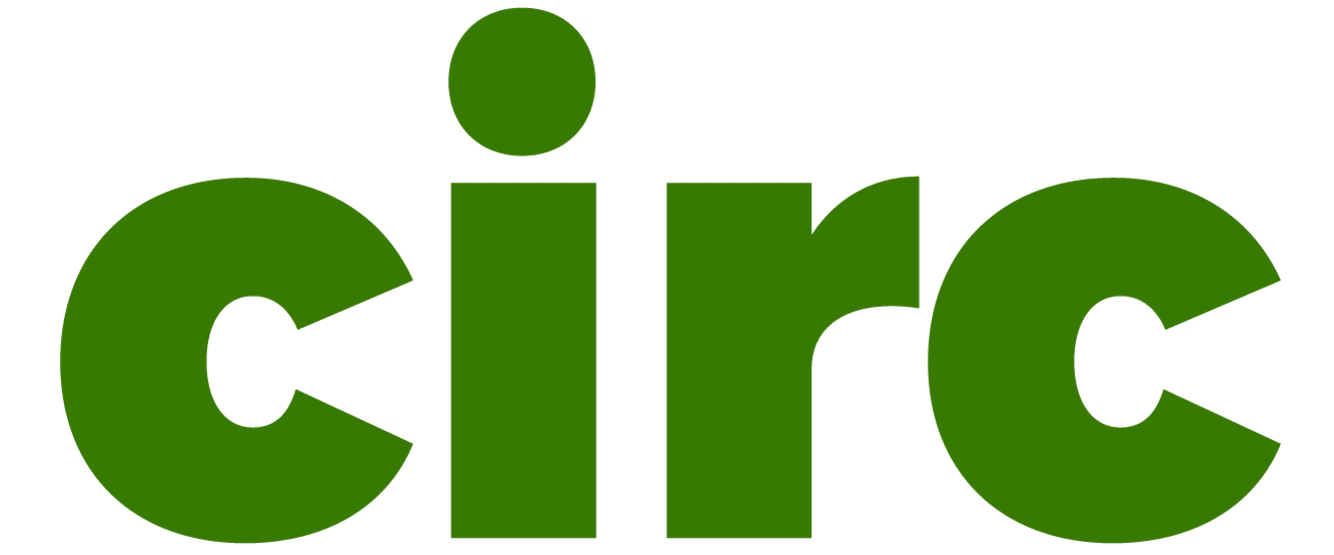Five years ago, California was reeling from the Camp Fire, the country’s deadliest wildfire in a century. State lawmakers responded by mandating new building requirements to protect homes in high-risk areas, but by their January 2025 deadline, the department responsible for the rules still hadn’t written them. Then, swaths of Los Angeles went up in flames, killing dozens of people and destroying thousands of structures.
In early February, Gavin Newsom, California’s Democratic governor, ordered the State Board of Forestry and Fire Protection, known as Cal Fire, to finish up the long-delayed regulations. Newsom’s executive order also instructed the state fire marshal’s office to create updated fire hazard maps, which hadn’t been redrawn for areas managed by local governments since 2011. These maps inform where the strictest fire-safety regulations will be enforced by placing land in one of three tiers of wildfire probability: moderate, high, and very high.
On Monday, Cal Fire released the final installment of these updated fire hazard severity zone maps, which show that 5.1 million people — 1 in 8 Californians — live in the two most dangerous zones. It’s a reflection of the influence climate change has had on the state, where a brushy landscape and intensely dry weather can create the conditions for deadly firestorms, even in winter.
“We are living in a new reality of extremes,” Newsom said in his statement announcing the order. “Believe the science — and your own damn eyes: Mother Nature is changing the way we live, and we must continue adapting to those changes.”
Cal Fire’s refreshed maps show a large increase in areas considered hazardous: “High” and “very high” hazard zones have grown by 168 percent since 2011. That’s partly because computing power has improved in the last 14 years, but also because more detailed data on weather patterns, vegetation, and fire behavior have made the maps more robust.
“Compared to the last model, we’re able to far more accurately determine how far embers will travel and ignite vegetation,” said Frank Bigelow, Cal Fire’s deputy director of community wildfire preparedness and mitigation. Another change implicit in the data, he said, is the shifting climate.
“The most extreme dry periods are becoming even drier and lasting longer, even in places that rarely get dry enough for wildfires,” said Daniel Swain, a climate scientist at the University of California. As these intensely arid periods increasingly overlap with windy ones, Swain says the potential for the catastrophic spread of fire increases. “The risks today are higher and extend farther into deeply populated areas.”
Swain says effects of a warmer climate and thirstier atmosphere are being felt around the world, with wildfires burning thousands of acres and killing dozens of people in South Korea, Japan, and Chile in the past month. Blazes have also ripped through parts of North Carolina, Florida, and Oklahoma in recent weeks. In 2024, researchers from the University of Tasmania in Australia found that the intensity and frequency of the most extreme wildfires on Earth have doubled in the past two decades.
Other factors priming California to burn include a phenomenon known as weather whiplash, in which years of plentiful rain are followed by drought, allowing vegetation to grow abundantly before drying out, providing more fuel for wildfires. “It’s an underappreciated risk factor in a warming climate,” said Swain. “It’s certainly relevant to what happened to L.A. this past winter, which was the driest start to winter on record immediately after two years of very wet winters.”
The new maps also have larger hazard areas because they include two new categories: “moderate” and “high” zones. Homeowners in Cal Fire’s “high” hazard zones will be required to adhere to new building rules, such as fire-resistant windows and siding. Those in a “very high” zone will also be required to keep a 100-foot circle around their property free of flammable brush and dead trees. New neighborhoods in this zone will be required to include multiple evacuation routes, adequate water supply, and built-in vegetation gaps that can stop fire from spreading.
“These maps especially matter for new construction, including homes that were burned in the L.A. fires,” said Gregory Pierce, an urban planning professor at the University of California, Los Angeles. According to reporting in The Washington Post, 33 percent of the burned-down homes in Altadena, a neighborhood of Los Angeles razed by the January fires, now fall into the “high” or “very high” hazard zones. “We have to be able to undertake some major reforms that we haven’t been willing to do before,” he said.
Although the words are often used interchangeably, Bigelow said the agency sees a crucial difference between “hazard” and “risk” — and the maps only indicate “hazard” levels. A risk is something that can change quickly over time, he said, like whether or not a homeowner trims growing vegetation. Hazards are determined based on long-term weather and landscape factors outside of homeowners’ control. “These maps don’t predict where the fires are going to happen. It doesn’t predict the size of the fires; it’s just saying that there’s a high likelihood that there could be a fire in an area,” Bigelow said. He says that with the right home hardening steps, it’s possible to live in a very high fire hazard severity zone but have almost zero risk.
“Start taking action in and around your home, regardless of what zone you may be in,” he said. “Nobody who lives near or around a wildfire-prone area should let their guard down.”


